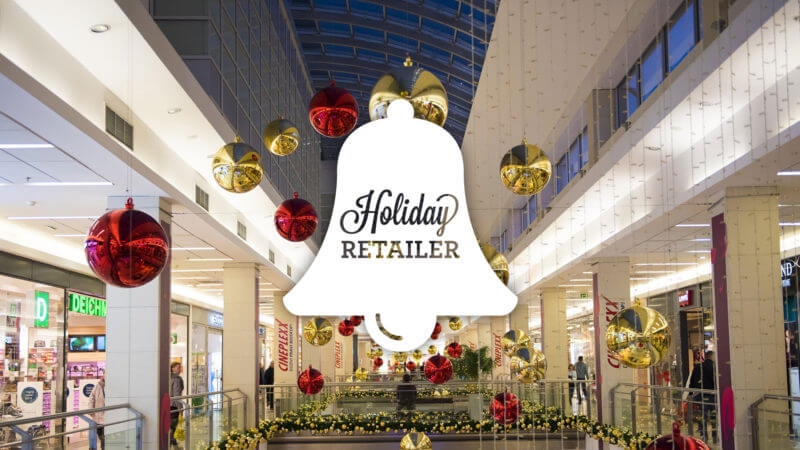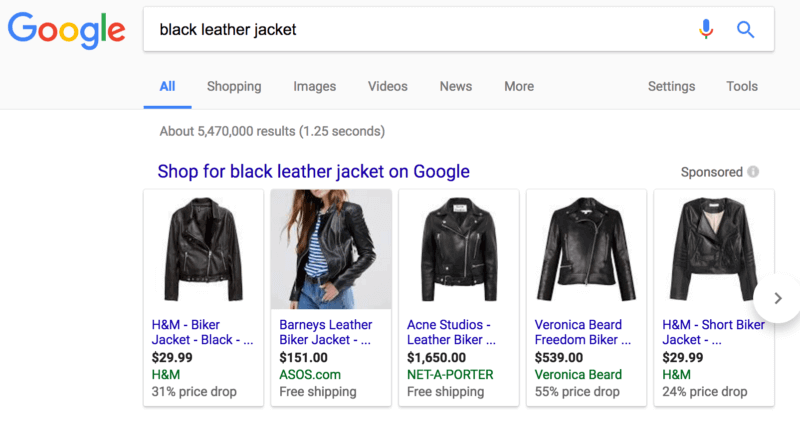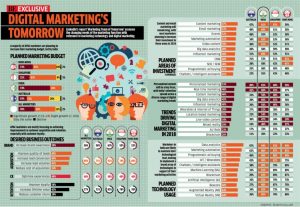E-commerce marketers, are you prepared for the holiday season? Columnist Thomas Stern shares some ideas on where to invest your paid media dollars to maximize holiday sales.

Believe it or not, it’s that time again for us to start gearing up for the holidays. Not every brand sufficiently prepares their paid media campaigns for this fast-paced season — and for e-commerce brands, this is especially crucial.
Getting ahead of the competitive holiday season is a recurring obstacle. To start off on the right foot, you need to centralize your merchant feed, plan on making foundational optimizations, analyze your historical and competitor promotions, but most importantly, diversify your paid media shopping mix.
By creating diversification within your paid media shopping campaigns, you will positively impact your holiday ROI and set up a framework for future e-commerce growth.
Consider the following paid media tactics to be more effective and successful as an online retailer.
Capturing demand through PLAs and Google Shopping
Google Shopping or product listing ads (PLAs) are sizzling hot, especially while we prepare for the holiday season. Ever since PLAs gained popularity in 2011, they’ve evolved to be prominent within search results and have taken a larger chunk of traffic away from the traditional text search ads.
For our e-commerce clients, we adjust their budget and focus at the product level. Focus at the product level typically means aligning to long-tail queries, making inclusion and optimization of all product attributes important for visibility. This allows us to display the most relevant product to the searcher across an array of search modifiers. For instance, we can reach users searching for a kitchen knife set, a paring knife or a black Wusthof 7-inch Santoku Hollow-Edge.
As discussed in my most recent Search Engine Land post, PLAs put product imagery, titles, pricing and other in-depth details directly in front of eager shoppers. Looking for a black leather jacket? With just a couple of keystrokes, Google will present a full range of product listing ads to aid your decision-making.

Rather than just bidding at the keyword level, Google Shopping enables marketers to focus on the products instead. They can rely on Google’s algorithm to display their products to the correct users. It’s up to you to ensure your merchant feed is up to date with product descriptions and pricing to ensure your PLA campaign has an increased ROAS (return on ad spend).
Whether an ad is in the overarching “All” search tab or Google’s specific “Shopping” tab, PLAs are effective because they connect buyers to sellers directly. We recently implemented a quick-paced shopping campaign for just under two months and saw a direct impact on online conversions and revenue. The campaign resulted in over 535 online transactions with over $11K shopping revenue — increasing the year-over-year direct revenue by 89 percent.
Google Shopping is one of the best ways to reach new buyers. In 2015, Think With Google released a report that stated 50 percent of shoppers are interested in buying from new retailers. Now is the time to start pulling together your merchant feed, develop your PLA strategy and see an increase in your conversions.
Testing Amazon search and sponsored product capabilities
With over 50 percent of product searches beginning on Amazon, they’ve recently pursued other revenue streams with impressive growth. However, many brands have yet to take full advantage of Amazon’s core strength: their product listings and online conversions.
Since launching in 1994, Amazon improved its e-commerce platform and ad programs with reporting and sponsored products. This allows brands to access relevant data and optimize ROAS for ad campaigns.
Online shoppers try to get the most information in the shortest amount of time. That’s why Amazon built its system with reviews, search results pages and paid media capabilities for brands. At ZOG Digital, we took to Amazon and executed many sponsored product campaigns that saw a direct influence on return on Amazon PPC budget and total conversions. The various sponsored product campaigns resulted in a ROAS of nearly 800 percent.
The latter capability is the most important — Amazon has become a very competitive atmosphere for online retailers, and as marketers optimize their product listings, Amazon PPC can surely help to increase brand’s visibility and sales online.
Incrementality with dynamic display
Google, Amazon and social media steal the e-commerce spotlight. With such a large percentage of product-related searches happening on specific retailers sites, it’s imperative to use third parties to get more specific.
As users window-shop during these times, it’s important to target those who have demonstrated purchase intent through their recent online behavior. When prospecting or retargeting these users, dynamic display advertising is an essential step toward increasing direct revenue and staying ahead of your competition. By using third-party platforms to harness the capabilities of other retailers, you can easily complement the tactics on Google and Amazon and ensure optimal return on your digital ad dollars.
During the holidays, you must provide consistent brand exposure to ensure your products are in front of potential buyers when they’re ready to make a purchasing decision. With the help of dynamic display, you’ll expand the limits of walled-in platforms like Facebook and enable a seamless product feed integration. Using other retailers with the help of top platforms takes your brand beyond the standard banner inventories, including mobile, native, and even social dynamic ad placements.
Throughout the previous holiday seasons, it’s become easier and more important to incorporate dynamic display ads into your digital marketing mix. However, as competition in this space has grown, it’s critical to have the right strategy. You can accomplish a polished paid media strategy by following these tips:
- Vet and choose the best vendor for your brand’s overall goals.
- Segment your site visitors with high purchase intent segments, shopping cart abandoners, as the top priority.
- Make sure your shopping feed attributes comply with vendor specifications.
- Monitor the site and content where your brand’s ads are displaying.
- Blacklist any sites that aren’t compliant with your brand’s standards.
Retarget consumers effectively through various platforms
Prior to jumping the gun on your paid holiday campaign, it’s essential to set aside a portion of your marketing budget toward retargeting efforts. While the tactics of using Google Shopping, Amazon PPC and other retailers are meant to result in direct conversions, it’s not guaranteed.
By retargeting via social media and other paid media efforts, you’ll effectively assist conversions. Product ads followed by retargeting methods are essential during the chaos of the holidays.
Final thoughts
With high purchase intent during the holidays, product visibility is paramount to a successful e-commerce strategy. Through Google Shopping, Amazon, dynamic display and retargeting, digital marketers can maximize on the holiday opportunity and build a scalable, sales-driven media mix for 2018.
Some opinions expressed in this article may be those of a guest author and not necessarily Marketing Land. Staff authors are listed here.
Marketing Land – Internet Marketing News, Strategies & Tips
(29)











